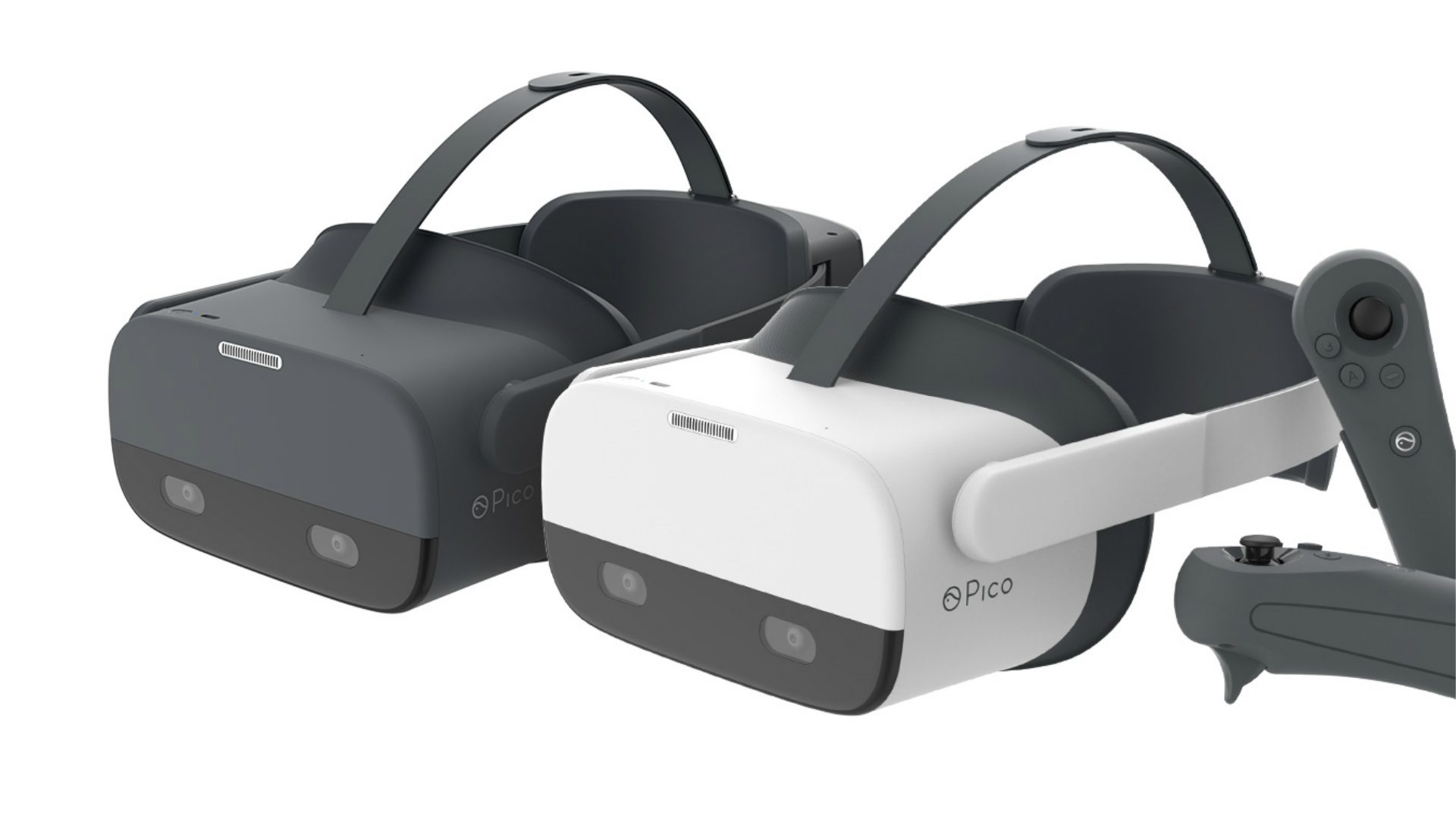Pico Interactive, the company behind a number of enterprise-focused standalone VR headsets, unveiled their newest line of Neo 2 headsets, one of which includes integrated eye-tracking from Tobii.
Neo 2 has been floating around for a few months now in its prototype form, albeit without the newly unveiled addition of eye-tracking. Venture Beat’s Jeremy Horowitz points out that headset made a few public appearances late last year when it was featured using Qualcomm’s Boundless XR streaming tech, which allows content streaming from a VR-ready PC over wireless 2X2 MIMO 802.11ac 5G link with a MIMO 5G router.
Powered by Qualcomm’s Snapdragon 845 processor with Boundless XR, the six degrees of freedom (6DOF) Pico Neo 2 line of standalone headsets includes both the Neo 2 and Neo 2 Eye. Both are said to ship later this year, with Neo 2 priced at $700 and the Neo 2 Eye at $900.

Tobii, the Sweden-based eye-tracking firm, says its integrated eye-tracking in the Neo 2 Eye allows for both improved graphics and longer battery life thanks to its dynamic foveated rendering, which is said to increase framerates “by up to 66% and reduces shading loads by up to 72%.”
Eye-tracking in VR allows for a few other things too outside of foveated rendering though. Knowing where a user is looking can unlock some insights into user behavior, something Tobii says can be used in a variety of use cases such as training and assessment, simulation, knowledge and skills transfer, and customer research. Other uses include eye-based UI input and enhancement of avatars for social VR interaction.
Neo 2 Specs
- Resolution – 3,840 × 2,160@75Hz, PPI: 818, 5.5 inch x 1 VR TFT
- FOV – 101 degree,Fresnel lenses
- IPD – Adaptive, 55mm – 71mm
- Tracking – Inside-out 6DOF Head tracking and Guardian System
- Controllers – 6DOF haptic controllers
- Audio – Integrated Spatial stereo speaker, Dual Mic EC/NR, 3.5mm Jack
- Connections – USB-C 3.0 Extendable 3.5mm Power DC Jack
- Eye Tracking (Neo 2 Eye) – Gaze data output frequency (binocular), 90Hz refresh
We have feet on the ground in Las Vegas for CES 2020, which takes place January 7 – 10. Check back soon for all things AR/VR to come from one of the world’s largest consumer electronics shows.







